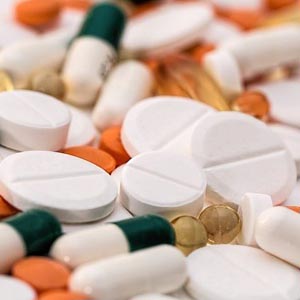A concept for causality assessment and causal inference of adverse events cases

Submitted: August 3, 2022
Accepted: October 19, 2022
Published: November 2, 2022
Accepted: October 19, 2022
Abstract Views: 817
PDF: 332
Publisher's note
All claims expressed in this article are solely those of the authors and do not necessarily represent those of their affiliated organizations, or those of the publisher, the editors and the reviewers. Any product that may be evaluated in this article or claim that may be made by its manufacturer is not guaranteed or endorsed by the publisher.
All claims expressed in this article are solely those of the authors and do not necessarily represent those of their affiliated organizations, or those of the publisher, the editors and the reviewers. Any product that may be evaluated in this article or claim that may be made by its manufacturer is not guaranteed or endorsed by the publisher.

 https://doi.org/10.4081/jbr.2022.10772
https://doi.org/10.4081/jbr.2022.10772




